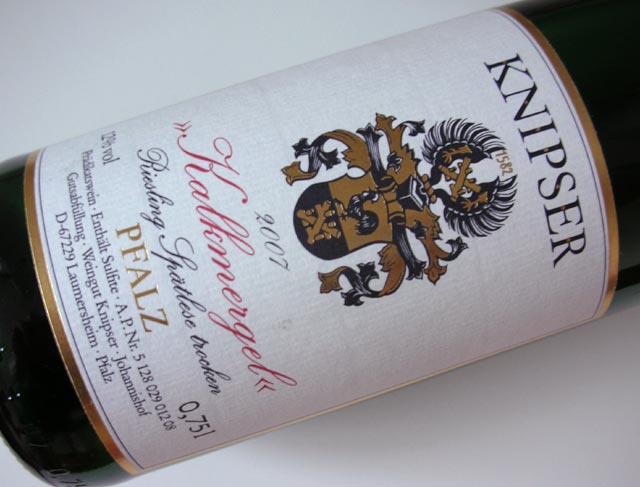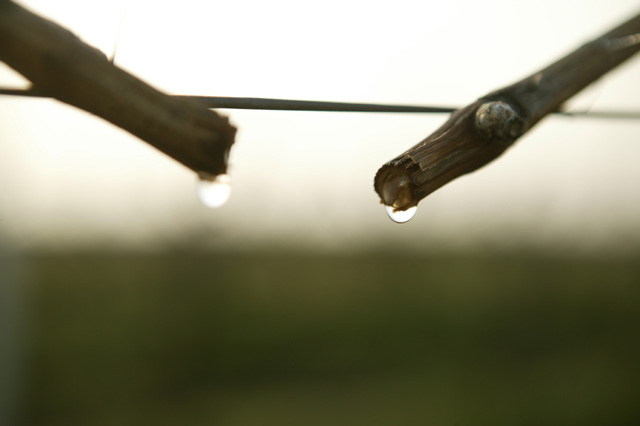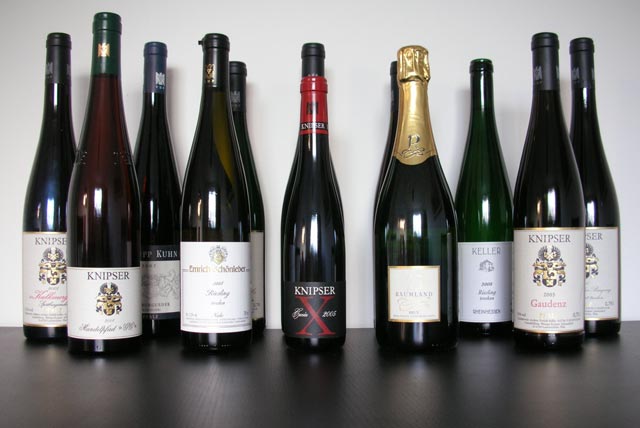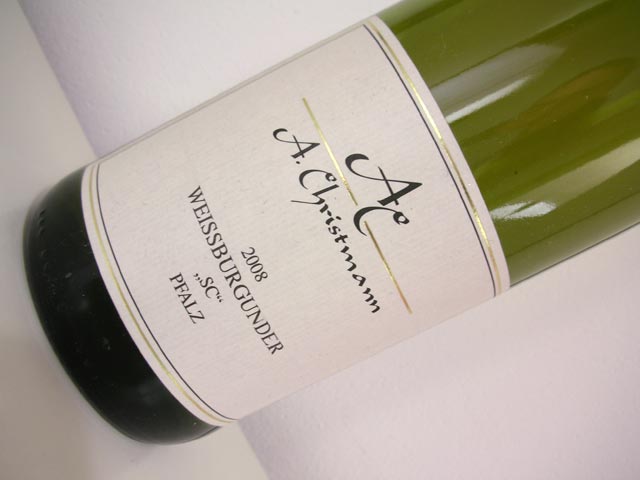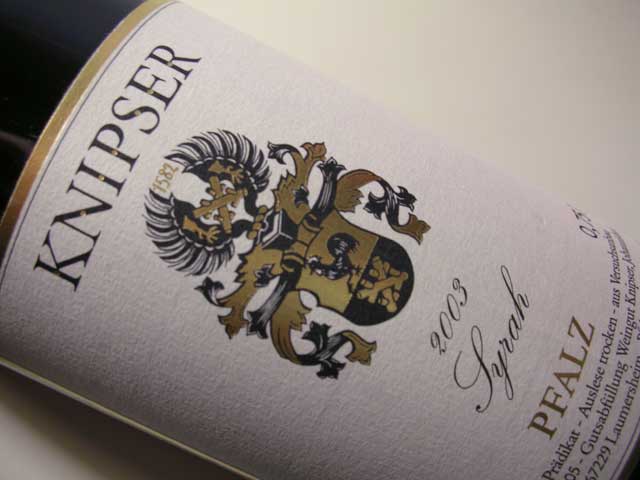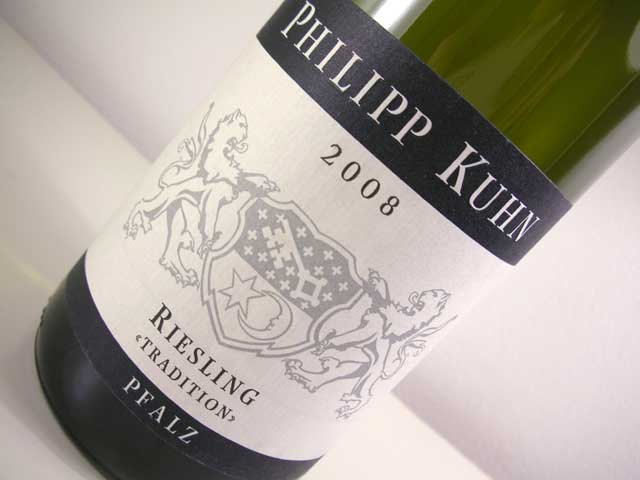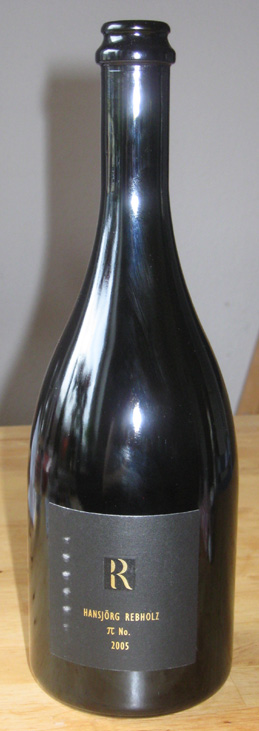Knipser, Großkarlbacher Burgweg, St. Laurent trocken, 2005
Here I am, back to drinking German red wine from Rhineland-Palatinate. The St. Laurent grape is a fairly old one, possibly of French origin, that is now often associated with good old Austria, but also increasingly popular in Germany (after it had almost been forgotten there). It is probably related to Pinot Noir and often described as the little, less sophisticated, but also more powerful brother to this variety. So it is no wonder that the Knipser brothers, German red wine and barrique specialists, matured this wine in barrique barrels - for 18th months, in fact. The Knipser St. Laurent is no doubt a wine of quality. Perversely, it appears to be exactly this quality that left me with a big question mark regarding this wine. Perhaps you can help me clarify the matter?


